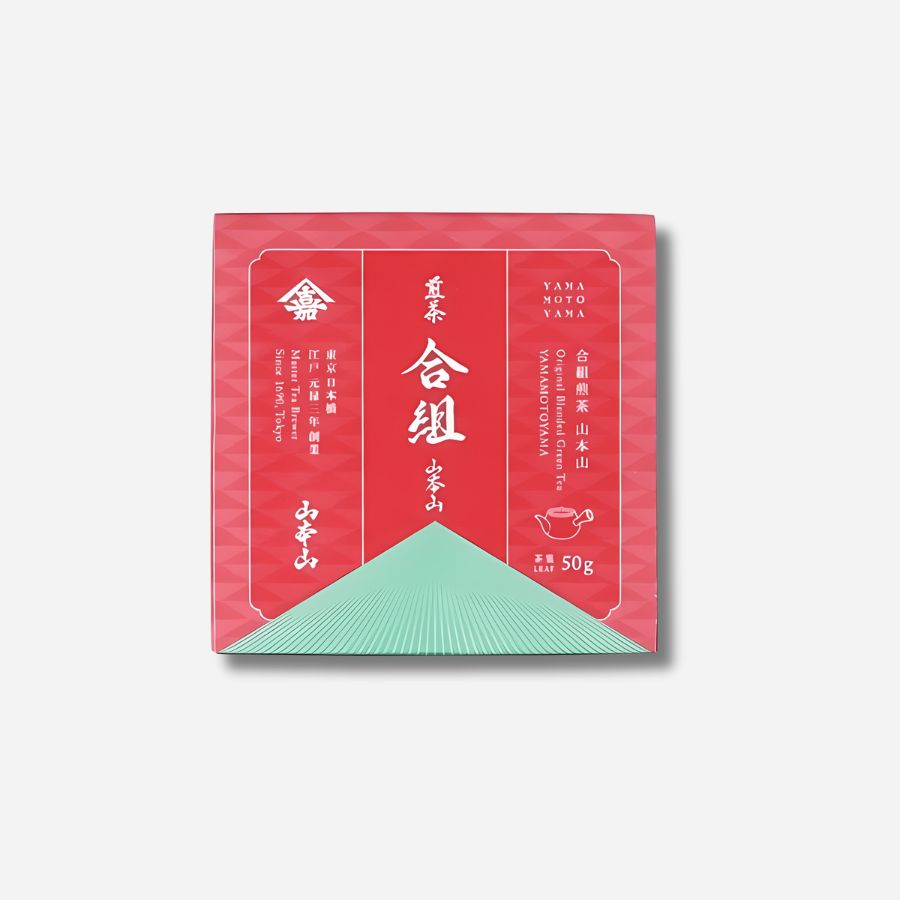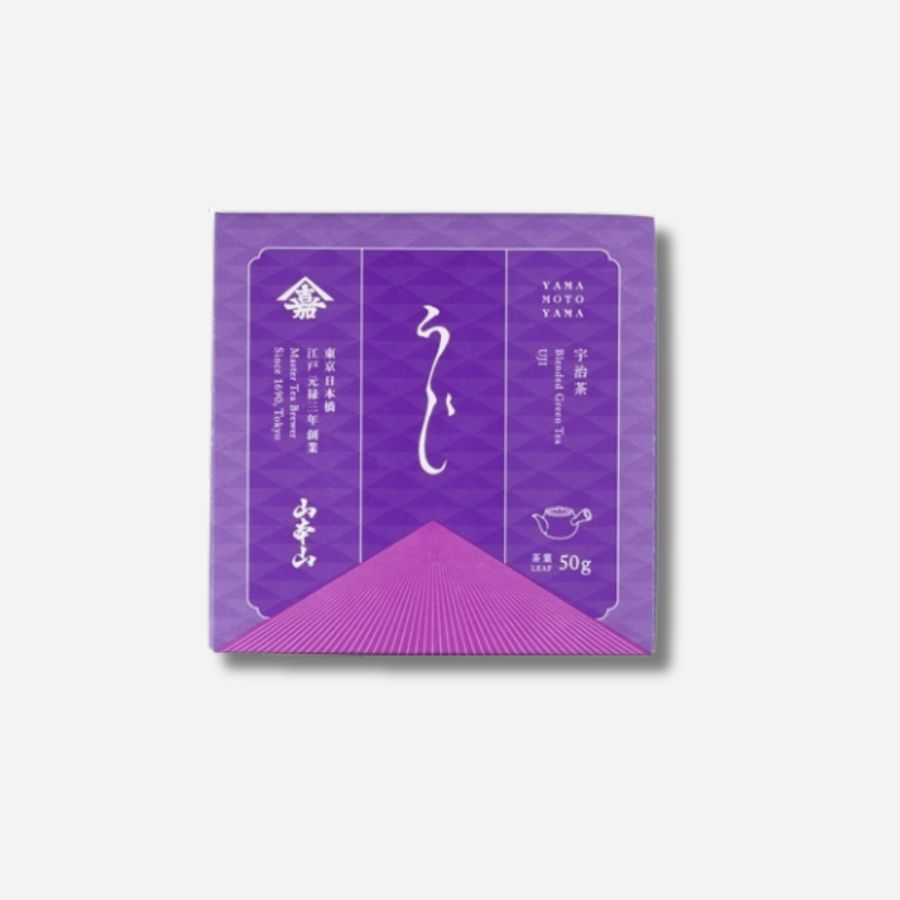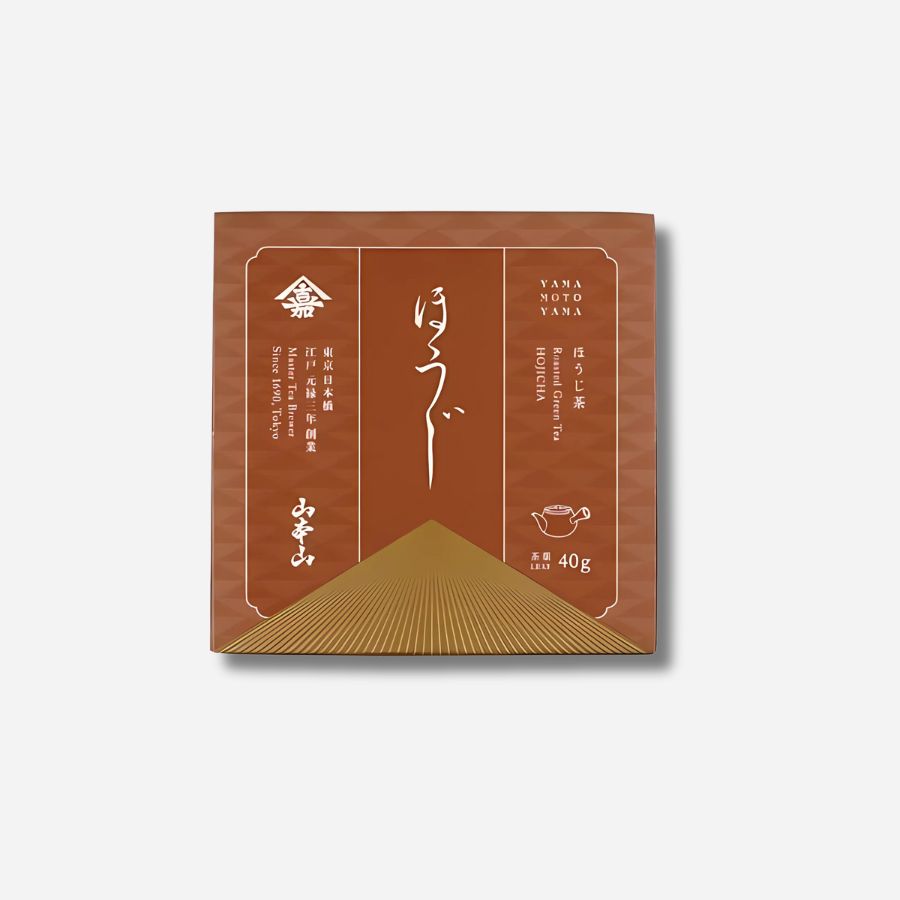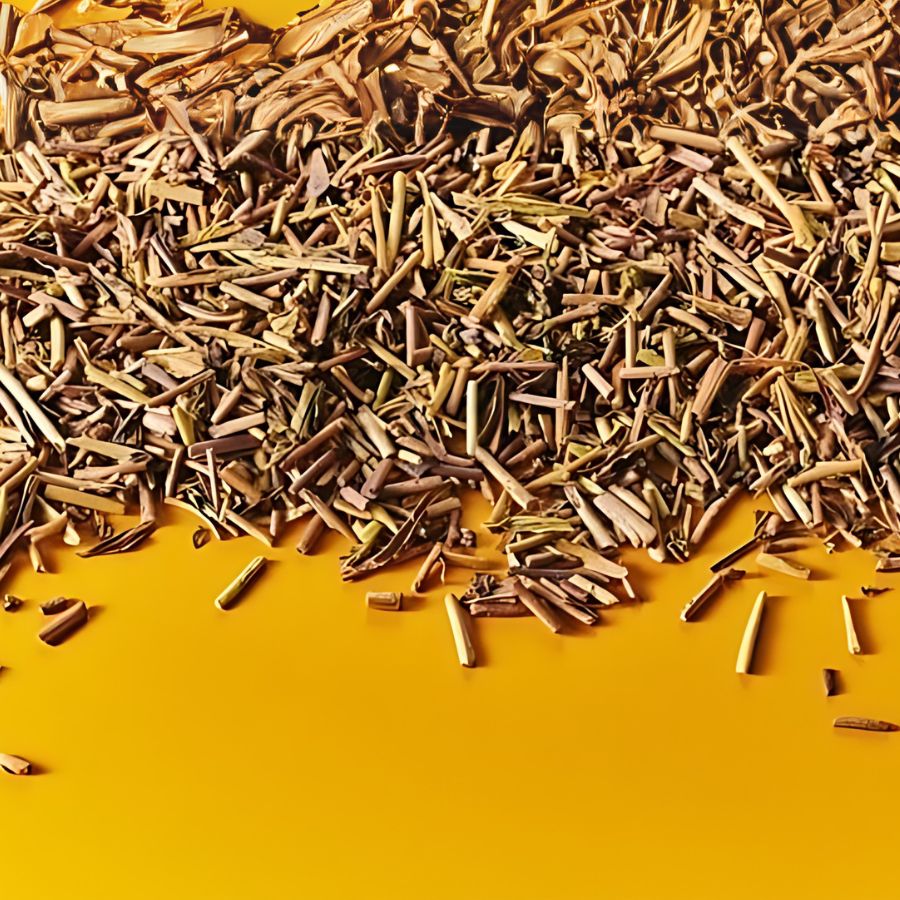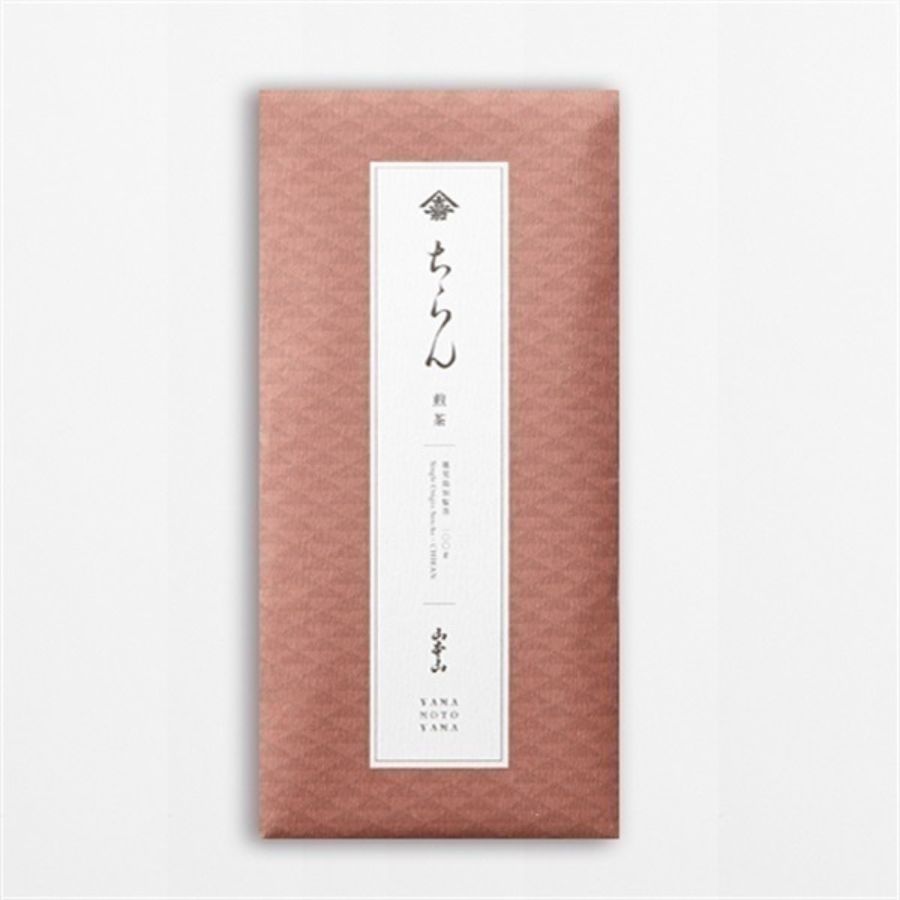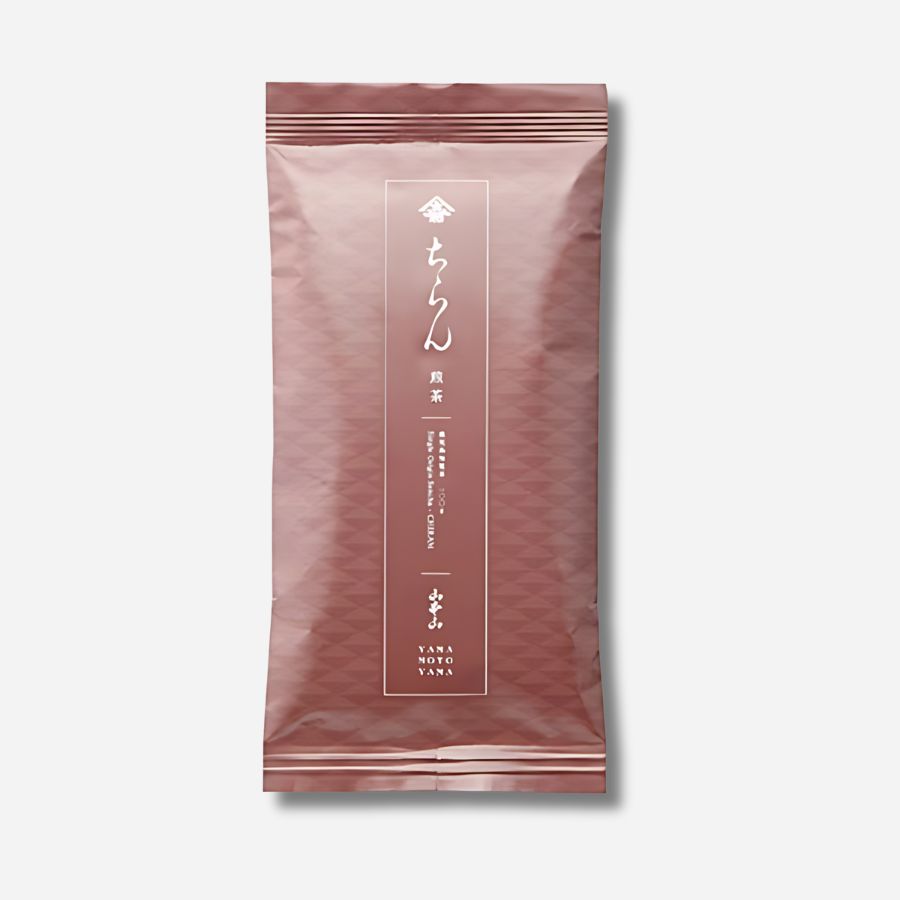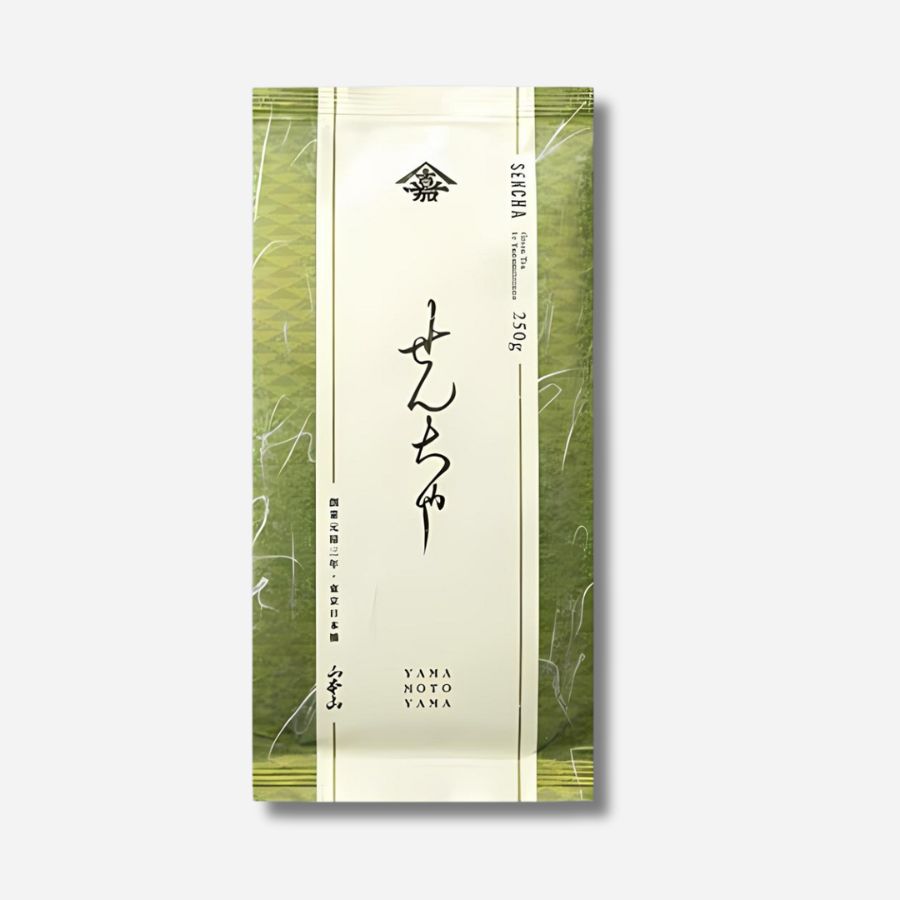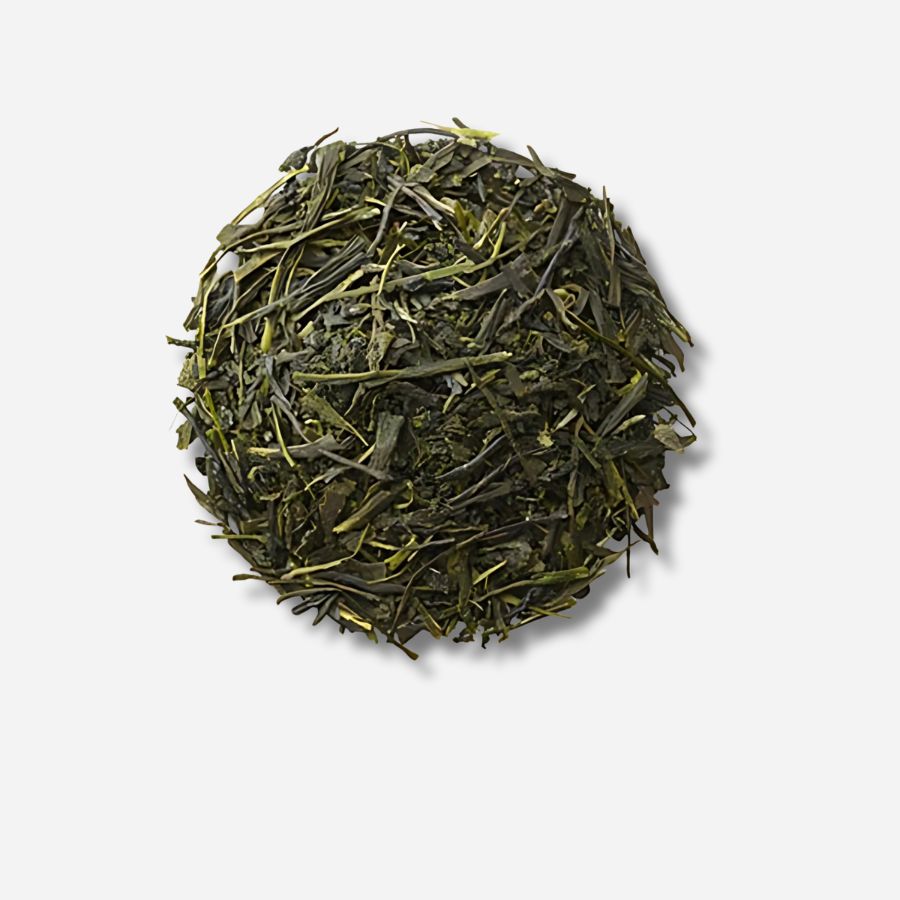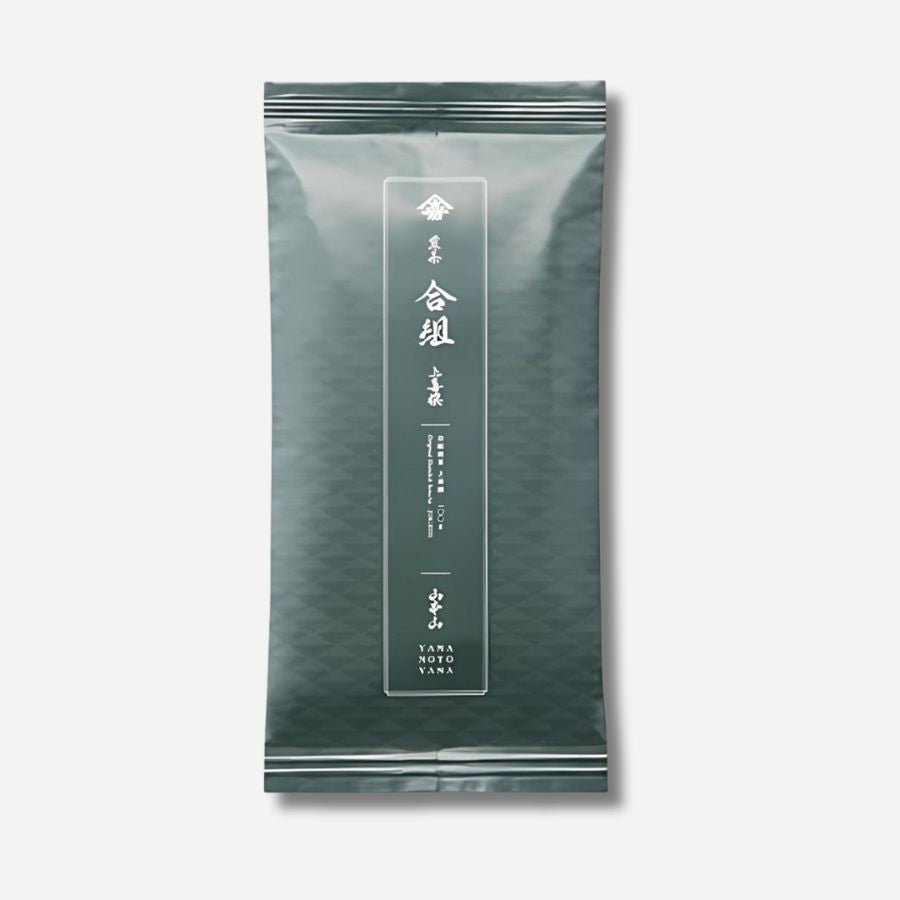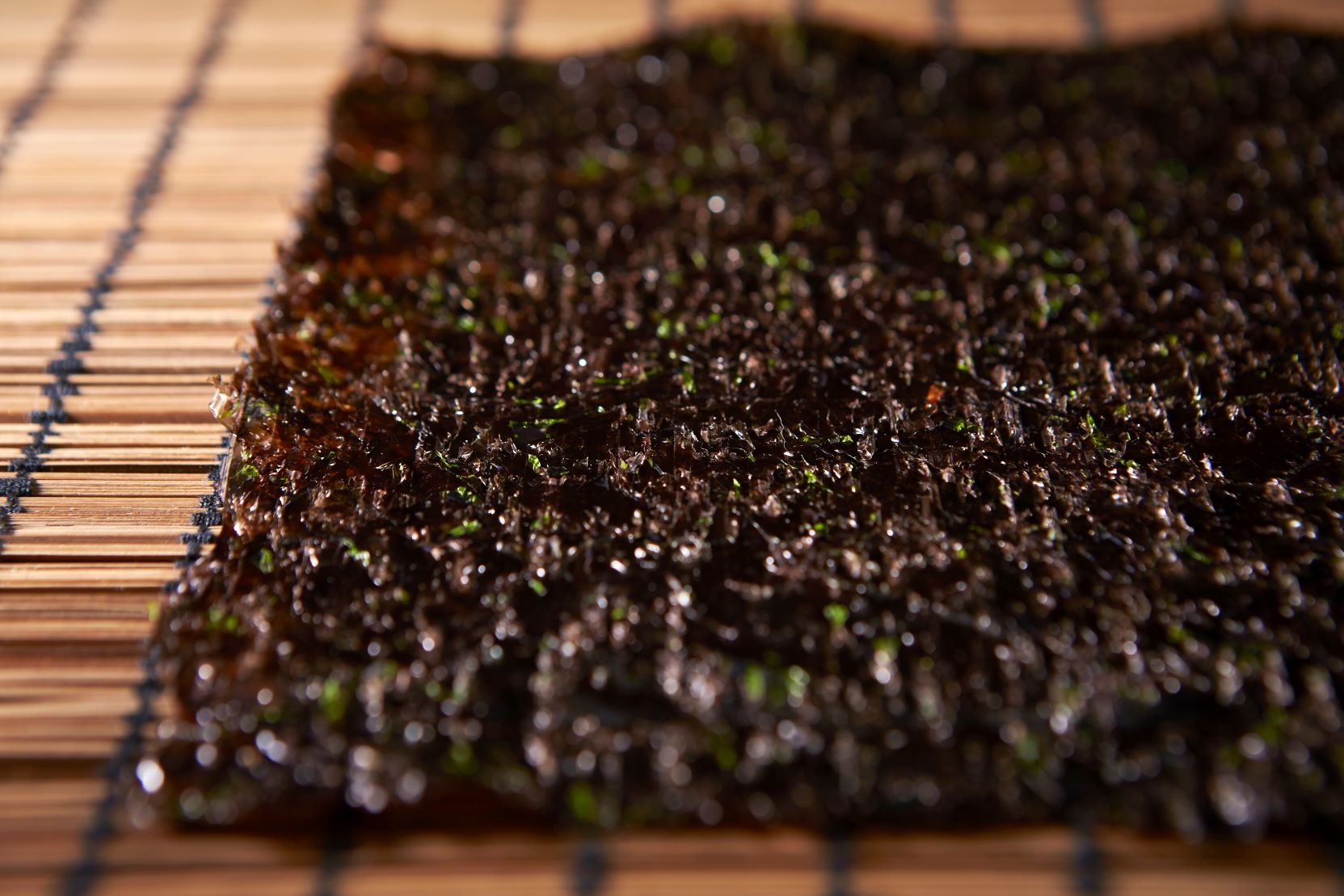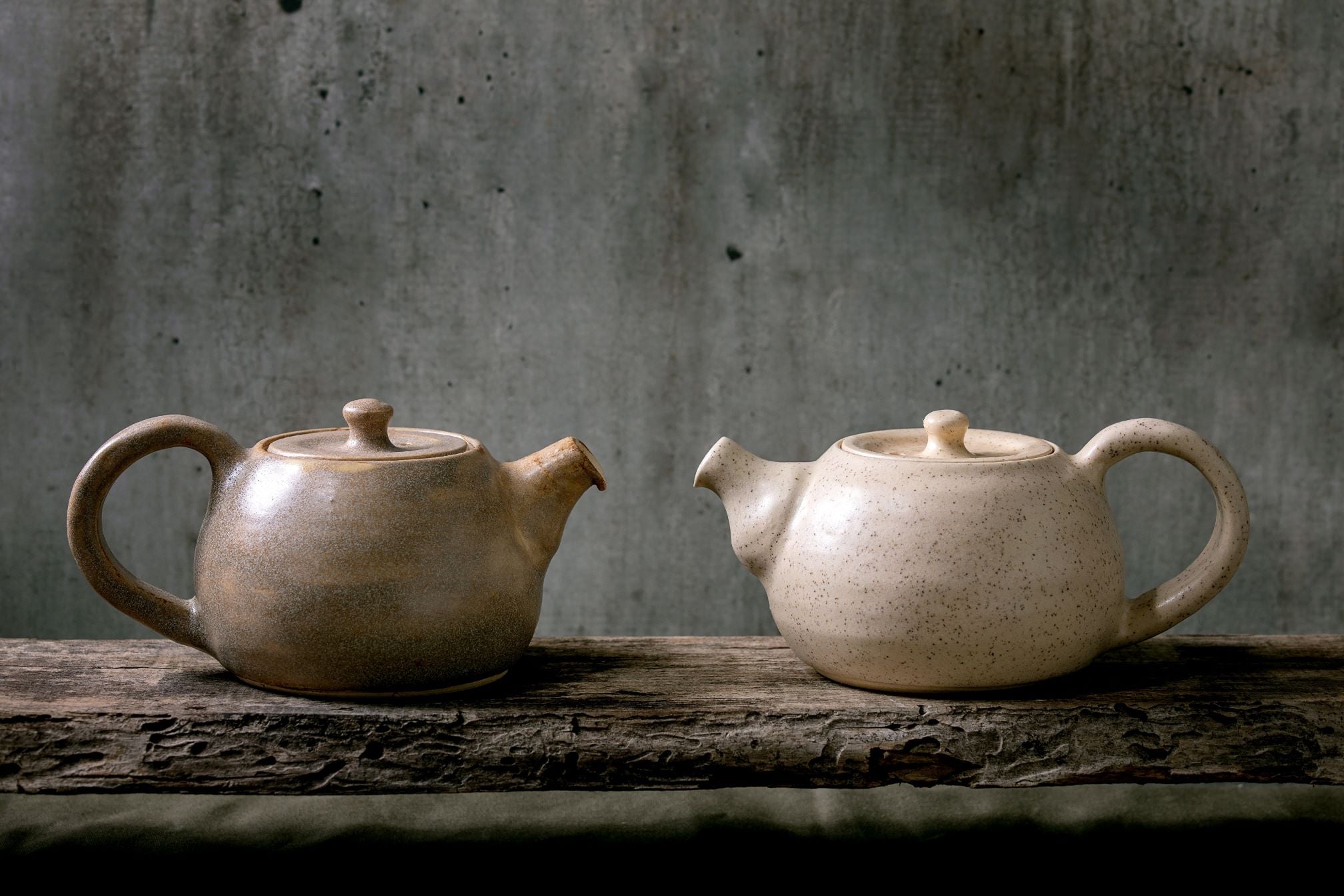
How to remove tea stains! Teapot care manual
Introduction
After enjoying the slowly brewed tea, the next thing to do is to clean the teapot. Tea leaves tend to stick to the mesh part in particular, so many people find it a hassle to wash it.
However, the teapot, especially the mesh part, is an important part that determines the flavor of the tea.
Tea leaves and tea stains tend to accumulate, and if not properly maintained, tea leaf residue and mold can grow, compromising hygiene.
Also, if tea stains build up, the original flavor of the tea will be lost. Furthermore, if the filter becomes clogged, the tea will not come out well and the taste will change.
This time, we will introduce in detail how to care for a teapot.

How to care for your teapot
It is generally considered bad practice to use detergent when cleaning a teapot.
Detergents often have a scent, too. The floral scent of the detergent can transfer to the inside of the teapot and the strainer, affecting the flavor of the tea.
First, the most basic method of care is to rinse with lukewarm water immediately after use and dry thoroughly.
Thoroughly rinse the inside of the teapot, as well as the tea leaves on the strainer, with hot water and then dry them. If the strainer is removable, place it face down and dry in a well-ventilated place.
If the tea leaves stick to the mesh even after rinsing with water or hot water, carefully use a toothbrush or something similar to wash off any remaining tea leaves stuck to the mesh.
When doing this, use a soft toothbrush and scrub gently to avoid damaging the mesh.

How to remove stubborn tea stains
1. Baking soda solution
As mentioned above, the basic way to care for a teapot is to wash it with hot water and then dry it. However, if there are stubborn tea stains, you can also soak it in a baking soda solution.
Dissolve baking soda in hot water and soak the teapot, lid, and strainer in it to help remove tea stains.
2. Citric acid solution
Another method is to soak it in citric acid solution.
Citric acid is an acid, so it has the effect of breaking down tea stains. After soaking for a certain amount of time, scrub with a soft brush and rinse with water.
3. Oxygen bleach
If mold has grown, dilute oxygen bleach as instructed on the product and soak the item in it. Then rinse thoroughly. When doing this, be sure to wear rubber gloves.
Please note that you cannot use chlorine bleach on stainless steel mesh.
Chlorine-based bleach cannot be used as it will cause rust if it comes into contact with metal materials and will dissolve colored paintings and decorations.

Precautions for maintenance
Since teapots are used every day, it is important to take good care of them. Pay attention to the following points and take proper care of your teapot according to its material and structure.
1. Avoid using metal scouring pads or abrasives
Metal scouring pads and abrasives can scratch the surface of the teapot.
Ceramic teapots are particularly susceptible to scratches, and once scratched, they become more susceptible to tea stains and cracks. The strainer can also become deformed, making it more likely for used tea leaves to get stuck in it.
2. Avoid washing with hot water
Sudden temperature changes can cause the teapot to crack.
In particular, ceramic teapots can crack when boiling water is poured over them, so care must be taken. Metal mesh is also vulnerable to high temperatures and can easily become deformed, so care must be taken.
3. Use detergent sparingly
If you use detergent, use a diluted neutral detergent and rinse thoroughly. If any detergent remains, it may affect the taste of the tea.
4. Dry thoroughly
After cleaning, be sure to dry thoroughly so that no moisture remains. If moisture remains, it can cause mold and water stains.
5. Care according to the material
The appropriate method of care varies depending on the material of the teapot. Choose the method that best suits the material, such as ceramic, glass, or metal.
6. Remove tea stains diligently
Tea stains become harder to remove if left unattended, so it is important to take good care of your pot. Use baking soda or citric acid to remove tea stains regularly.

summary
Taking care of your teapot is very important for enjoying delicious tea. By taking proper care of it regularly, the teapot mesh will stay clean for a long time, allowing you to enjoy delicious tea for a long time.





